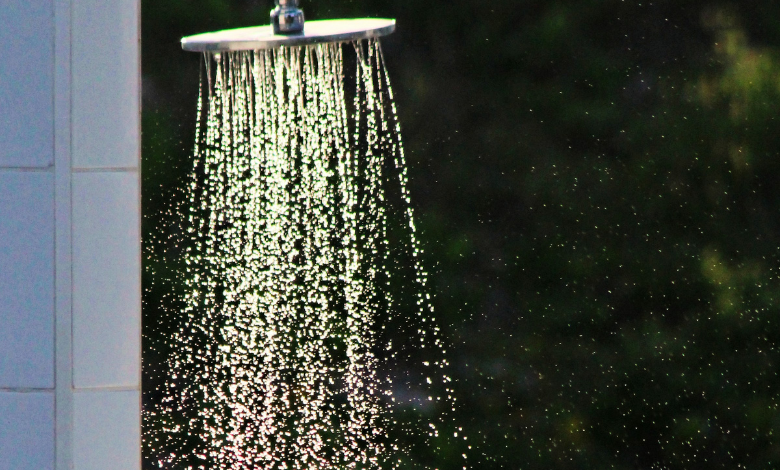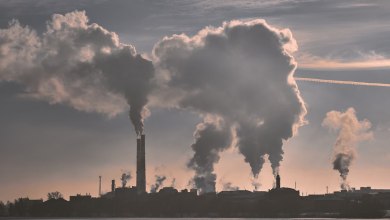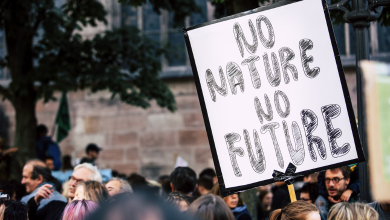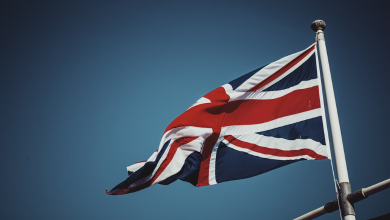Check out: Can high-pressure showers actually help cut consumption?

In terms of showers, changing a feeble dribble for a powerful blast might seem like an environmental indulgence but researchers believe it has the potential to actually save water. The research is available as a preprint but has not yet been peer-reviewed.
The need to save water has never felt more urgent. It has become a key area of environmental concern given shortages of the resource, besides the carbon footprint linked to its collection, treatment, supply and heating (in the case of most showers).
Globally, the Bengaluru water crisis is dominating headlines lately as the prominent metropolitan city in India struggles to navigate a tough period caused by rapid development, disregard of natural water bodies and poor performance from monsoon.
Bengaluru authorities have implemented emergency measures, including mandating registration of private water tankers and taking over all irrigation and commercial borewells. Simultaneously, residents have also been making substantial changes to cut consumption from their end.
Some showers took too long, even over an hour
Experts recently discovered that high-pressure showers result in lower use. The research involved the team installing sensors in 290 showers around the University of Surrey campus. In total, they collected data on the duration of 86,000 individual showers.
Researchers found that some showers were very long, but the average duration was 6.7 minutes. Half of the showers took between 3.3 and 8.8 minutes. “We excluded any showers over an hour, but believe me, they happened,” said Ian Walker at the University of Swansea.
The results reveal that at any given flow rate, higher-pressure showers led to lower water consumption. Low-flow rate showers simply delivered relatively less water, but high-pressure showers resulted in lower consumption as they were turned off sooner.
“The best of all worlds is high pressure, low flow”
The researchers also discovered that fitting a visible timer in the shower could bring additional benefits by preventing shower times from gradually increasing. “The best of all worlds is high pressure, low flow,” Walker told the Guardian.
Timers helped substantially reduce water consumption. The team found high-pressure showers and visible timers together led to 17 litres of water usage, compared to an alarming 61 litres for low-pressure showers and no timers.
But the study has limitations. It is not clear to what extend the findings would repeat in domestic settings. It is currently important to find the reason behind high-pressure showers resulting in lesser consumption. Is it related to quicker rinsing off of products or something else?
 1/15
1/15 


